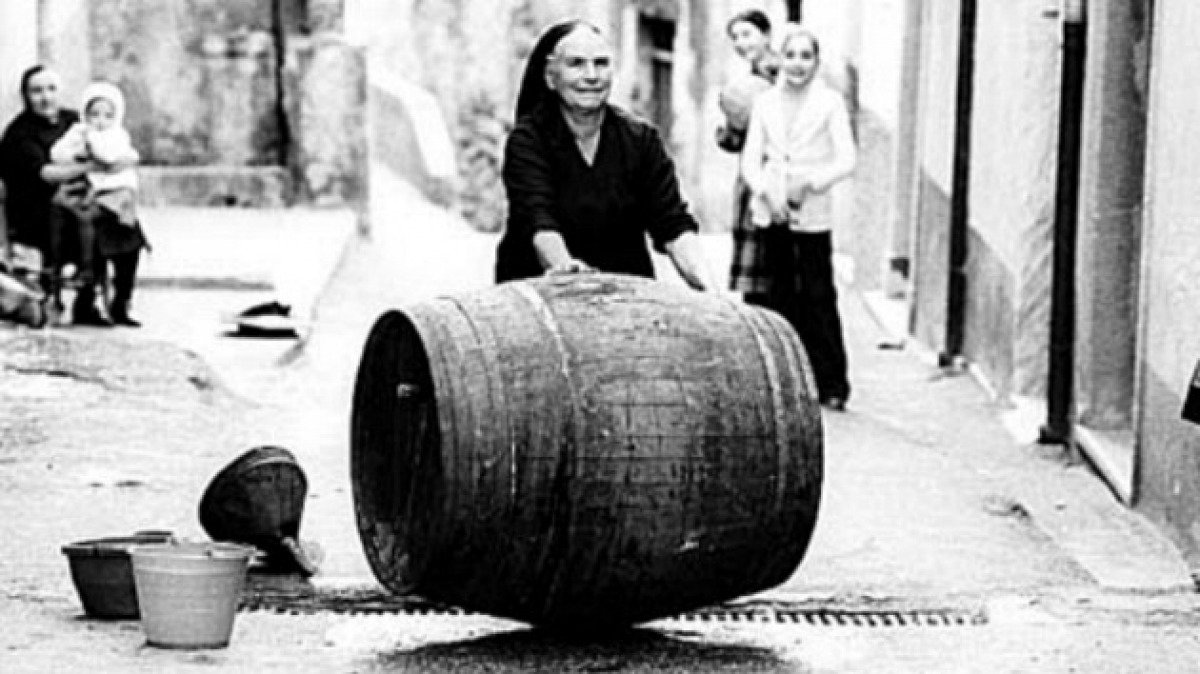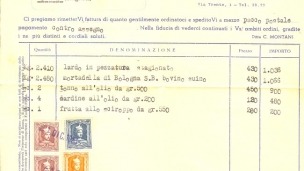Tracing your roots back to Sicily
As LoveSicily we do not offer a specific family tracing service for those who want to trace their families back to Sicily, however, over the years we have helped a few people and have answered several requests. In this post we just want to list a few points that might be of help if you want to start looking for your roots in Sicily.
- If your family surname is also the name of a town, it does not automatically mean that you come from that place. So it is better not to focus your search only on that town. For example, if your name is Modica or Cassaro, it does not mean that your family are from Modica or Cassaro.
- If you cannot find the town your family came from on a map or on the internet chances are that the spelling of the name is not correct. Try to find some written documentation or ask your relatives to help clarifying. If even this does not help, it is possible that the name was originally misspelled by the officer at the immigration office; in this case, the best option is to write to someone in Sicily, like ourselves, and ask what real town name sounds similar to the one you have. For example, someone wrote to us asking about a town that could not be found on any map of Sicily, “Gala de fimiâ€, we immediately suggested that this could only be Calatafimi and, indeed, it was.
- If you know the name of the town, it is worth doing some research on the town itself to find out how many inhabitants there are and how many people have the same surname of your family there.
- The paginebianche.it website has the full directory of Italian cities and towns. Put the surname in the “Cognome†field and the name of the town in the “Dove†one and find out how many people share the same surname in the town. If the list is manageable you can try to contact them to ask whether there might be a chance of you being relatives. People tend to be kind in these situations, so you can give it a go.
- The local authorities of a town could also be of help. Look for the website of the town and try to get in touch with the Ufficio Anagrafe. Usually it is enough to write “Comune di†plus the name of the town in a search engine.
- A good source of information can also be the many online databases that hold genealogical information, the Ellis Island immigration database and the Family History Library

If you do not manage to find out if you have relatives in Sicily or you are not that keen in searching for them, the only final suggestion we can give is to come and visit the island anyway. Over the years, we have met several people of Sicilian origin who came to Sicily for the first time and they all had a wonderful emotional experience.
We cannot forget Maria’s wet eyes when seeing the reproduction of a typical Sicilian house of the early 19th century at the Anthropological Museum in Palazzolo Acreide. She said she felt like visiting her grandmother house, as the place was exactly as “nonna†described it when she was a child.
And then Michael, for us Micheluzzu, whose family came from Sciacca. He was happy to find that many traditions of the Sciacchitani community in New York, like festivities, processions, special food, were really true to what is still done in Sciacca. During the cookery courses, it gets even more interesting and emotional as memories are awaken by senses through the tasting of food that takes people straight back to childhood.
Patricia, for example, found that the sweet taste of the tomato sauce we made during the lesson was exactly the same as the one her aunt used to make in Brooklyn; she always thought that the use of sugar in tomato sauce was up to her aunt’s eccentric character but she discovered that this is actually what most people still do here.
Similarly Barbara could not believe she would have ever tasted her grandmother’s best delicacy again, a bite of dry quince jam at breakfast and a small tear and a sweet smile said it all.







